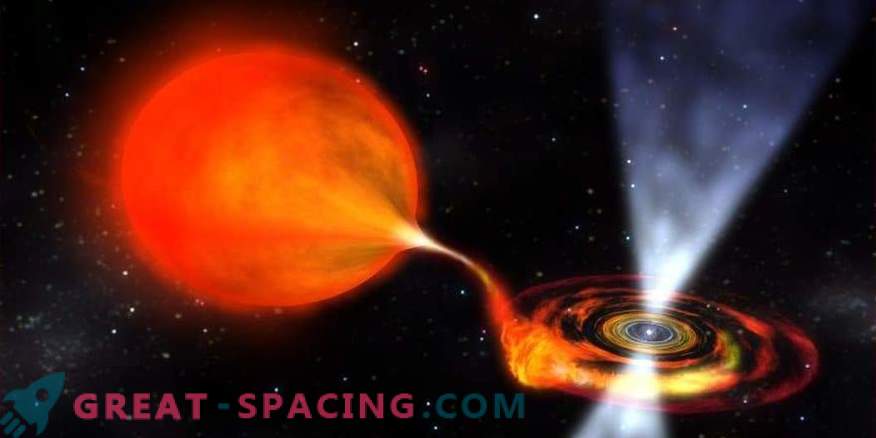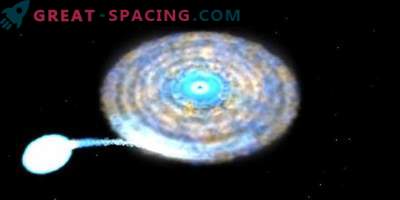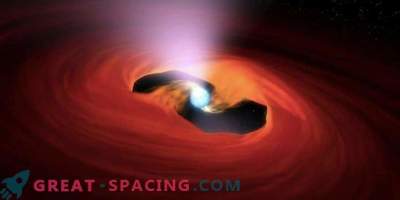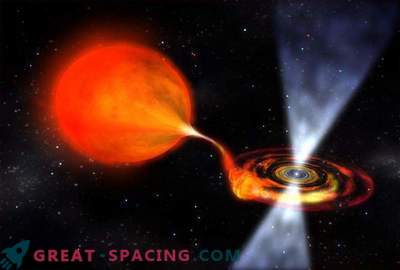
Neutron star density attracts matter from neighbor
Scientists from the University of Southampton have noticed that a unique neutron star, stealing matter from its nearest stellar neighbor, can be a slow “transitional pulsar”. This is a rare class of neutron stars that alternate the release of X-rays and radio pulsations.
It is about GRO J1744-28, collecting matter from a nearby giant star. Archival data from the NASA RXTE orbital observatory, which returned to Earth on April 30, showed that the magnetic field of a possible transient pulsar can exceed 100 in all known ones.
In a transitional pulsar, a neutron star pulls matter from the surface of a neighboring solar one. This stream of stellar matter rotates a neutron star, like an engine, and brings up to a hundred revolutions per second. The friction forces in this stream also heat it to millions of degrees, which is why it starts to glow brightly in X-rays. It is believed that at the end of this process, the stream can sometimes be switched on and off, causing the x-rays to be slowly sprayed. Even if a stream is present, it ceases to be smooth and is constantly torn between the gas and the magnetic field. There are peculiar "hiccups", which act as a signal sign of this kind of objects.
But GRO J1744-28 is considered unusual. The neutron star, pulled out for 20 km, performs only 2 revolutions per second, which is 100 times slower than the transient pulsars found before. This indicates a lack of data on the evolution of incredibly dense stars. In addition, there is a powerful magnetic field exceeding the earth's 100 billion times.











































